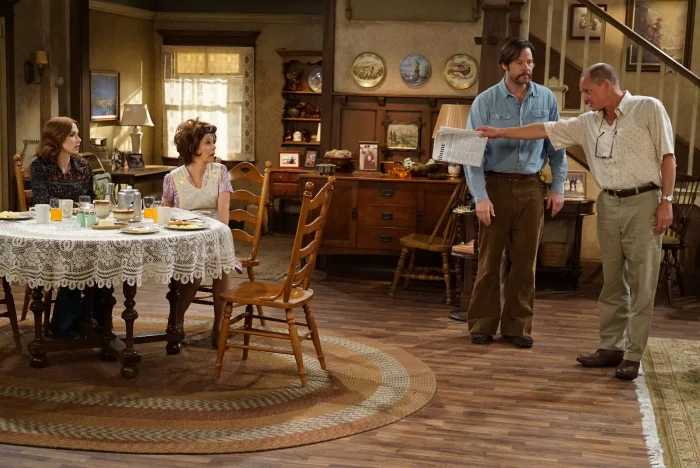Old White Guy Visits the National Museum of African American History and Culture
By Dennis D. McDonald
My wife and I spent 4 hours yesterday at the Smithsonian's National Museum of African-American History and Culture in Washington DC.
My overall impression now that I've seen the exhibits on all the floors -- we saw the top floors with their focus on modern and popular culture several months ago -- is that this is the most impressively informative museum I have ever visited.
As a fan of history I understand how hard it is to communicate both facts and context. In that respect this museum hits repeated home runs. It also excels at using technology to illustrate and reinforce as an integral part of what is being displayed.
At the "lunch counter": a table top touch sensitive interactive menu
The museum doesn't just describe how Africans were brought to North America. It also explains the human, economic, and social implications, sometimes in bewildering and gut-wrenching detail.
Complex themes are well illustrated including how racism evolved and became "baked into" law and culture. There's also a constant effort as exhibits move forward in time to show the increasingly visible hypocrisy between "all men are created equal" statements and actual civil rights.
As many people as possible should see this museum, starting at the bottom floor and working up in time. Be prepared to take the time. We spent four hours at the bottom floors yesterday having already seen the top floors during a previous visit and would not hesitate to go back again
There's so much on display that it's impossible to provide a single impression, especially if you're a history buff who likes detail. There are many exhibits that pack an emotional wallop of the "man's inhumanity to man" variety. Some may find this both numbing and off-putting, especially if you have young children in tow and have a need to concentrate on the upper floors.
One thing that hit me hard and made me stop was the "colored only" exhibit and its juxtaposed images of "whites only" versus "colored only" public accommodations.
How could this have happened here? How could people have been so stupid, so inhumane, so racist?
Especially unsettling was realizing that "colored only" signs were faced by GIs coming back from defeating Hitler's Nazis in Europe.
"This segregated motor lodge ... served as a recreational and health facility for black soldiers during World War II."
How could "colored only" drinking fountains have happened here? Simply put, it happened here because we let it happen here. We allowed the "better angels of our nature" to be be silent while allowing and even encouraging racism and lynching to continue.
It's not unusual to read comparisons of today's America with the rise of Hitler in Germany in the 1920s. Hitler took advantage -- in what was one of the most intellectually and scientifically advanced countries in the Western world -- to push anti-Jewish authoritarian nationalism. "That can't happen here" I hear many say. But if you spend time at this museum you will realize that it has happened here and that we still suffer from the need many apparently still have to oppress others, even to the point of physical violence.
This museum is a national treasure. It illustrates both the best and worst of America.
Lest we believe only the worst: prominently displayed and projected in color on a giant wall screen is a photograph showing the gargantuan crowd at Barack Obama's inauguration -- a simple fact of history that we should not allow anyone to forget.
Lest we believe only the worst.
Copyright (c) 2017 by Dennis D. McDonald








